The 1974 De Tomaso Pantera stands as a unique specimen in the automotive world, blending the prowess of American muscle with Italian flair. This supercar, born from a dynamic partnership, captivated enthusiasts with its bold design and powerful performance. Today, it remains a symbol of innovation and a collector’s prize.
The Italian-American Fusion
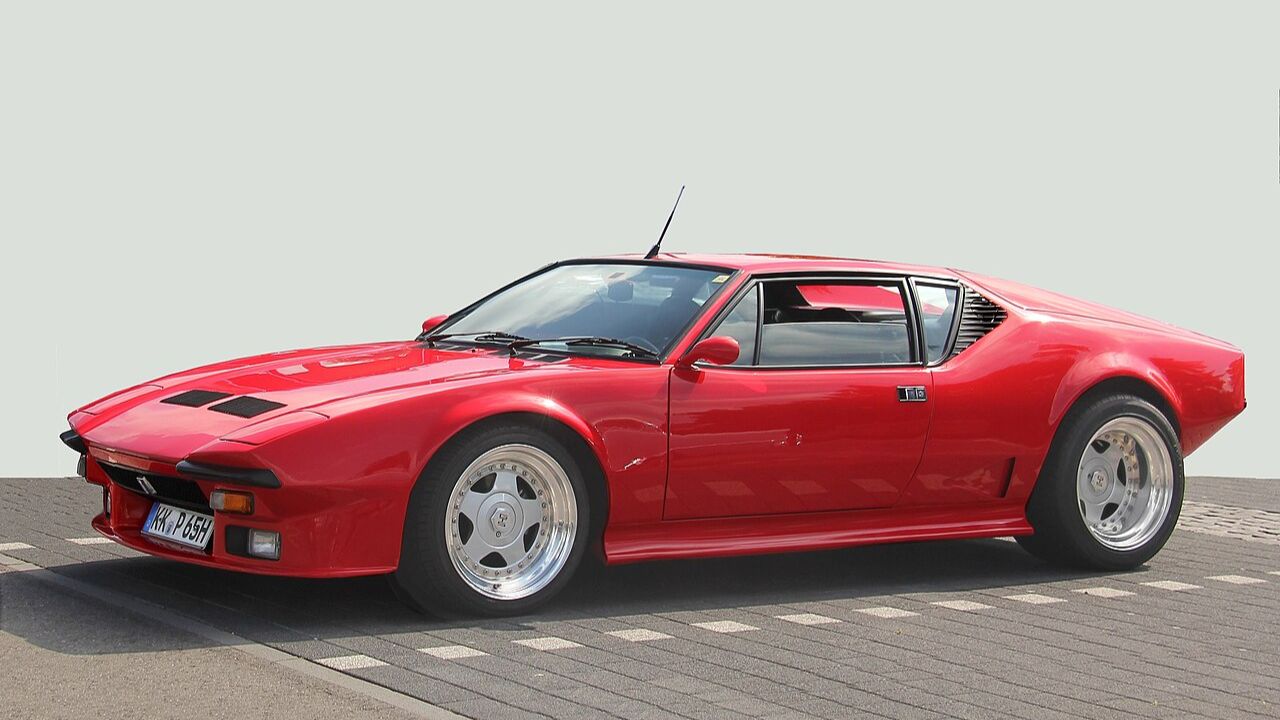
The De Tomaso Pantera was the brainchild of Argentine-Italian engineer Alejandro De Tomaso, who envisioned a fusion of American power and Italian design. Collaborating with Ford, De Tomaso leveraged the American automaker’s robust V8 engines, creating a potent combination that appealed to both European and American markets.
This collaboration was not just an engineering feat but also a strategic alliance that placed the Pantera in Ford’s dealerships. This accessibility brought an exotic European flavor to a broader audience, allowing car enthusiasts to experience the thrill of a supercar with the reliability of American engineering.
Design by De Tomaso: Aesthetic Boldness
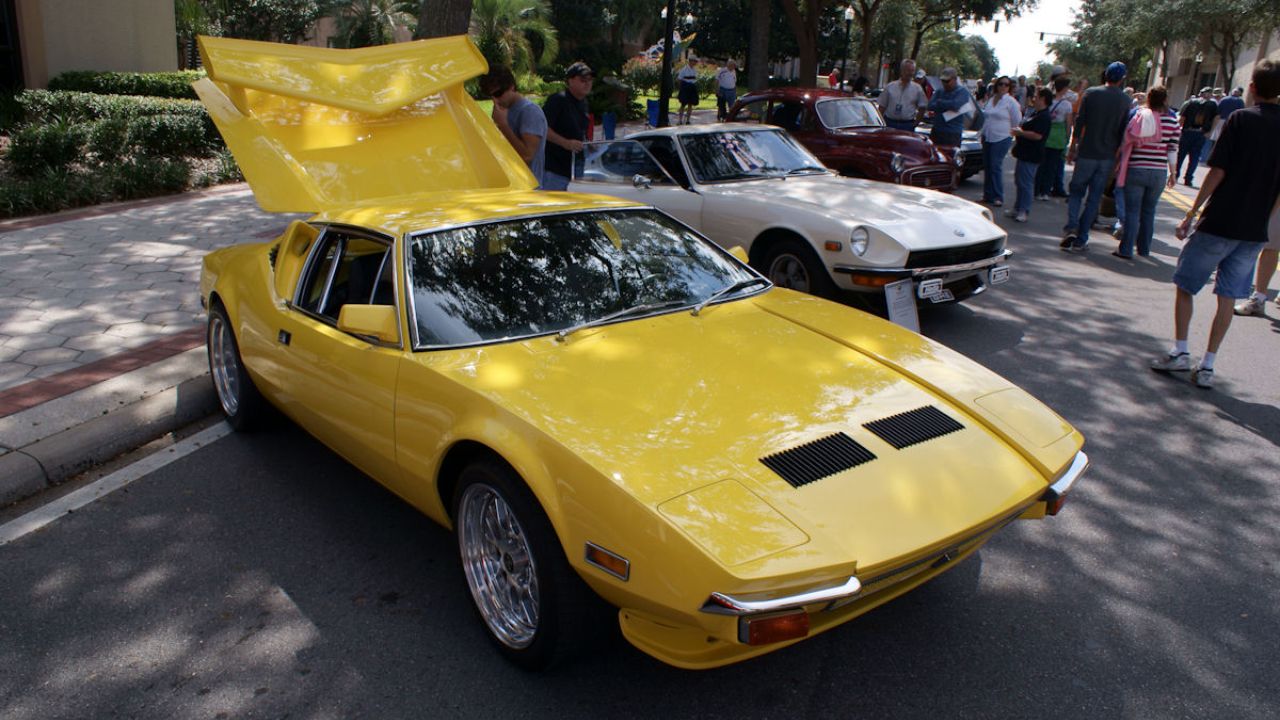
De Tomaso’s design philosophy was unapologetically bold, evident in the Pantera’s angular lines and aggressive stance. The low-slung body was crafted by Italian design house Ghia, reflecting a blend of elegance and aggression. The sleek, wedge-shaped silhouette was ahead of its time, setting a precedent for future supercars.
Inside, the cabin was a mix of luxury and sportiness, with leather-trimmed seats and a driver-focused dashboard. The Pantera’s design wasn’t just about aesthetics; it was a statement. This vehicle was meant to stand out, turning heads wherever it roamed.
Ford’s Muscle: The Heart of the Beast
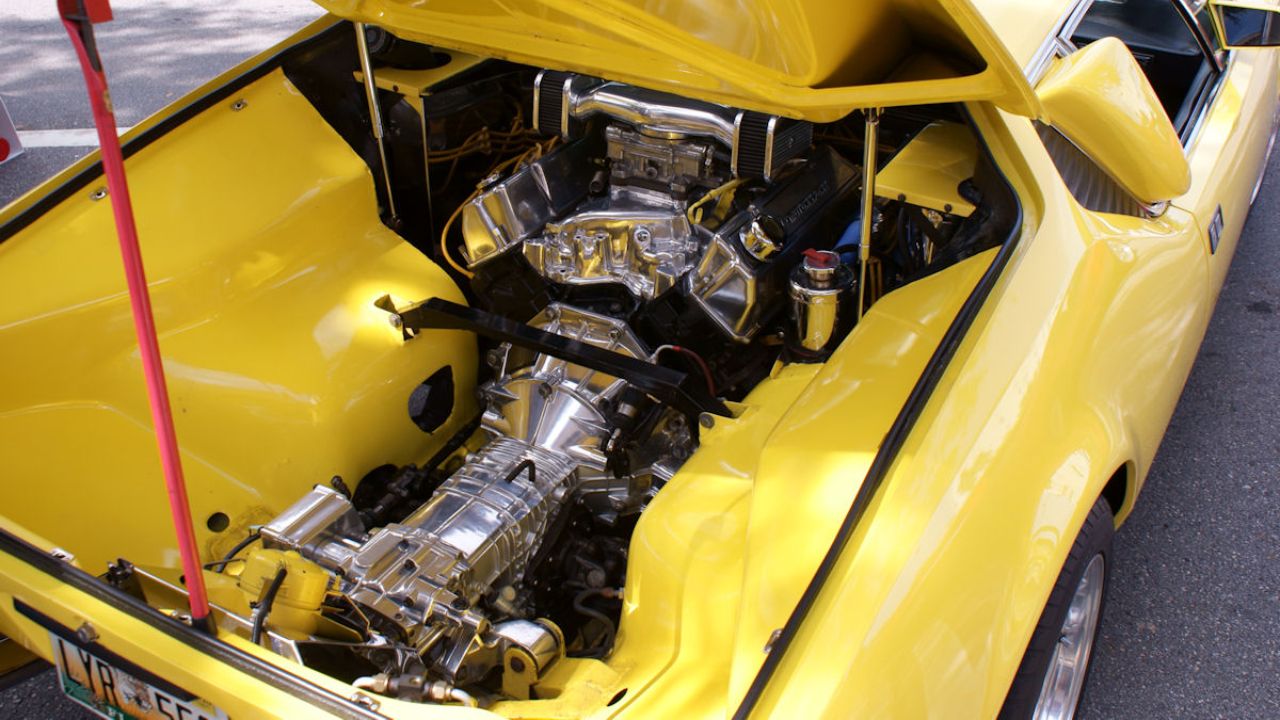
At the core of the Pantera was the Ford Cleveland V8 engine, delivering raw power that defined the muscle car era. This 5.8-liter engine churned out an impressive 330 horsepower, enabling the Pantera to clock a top speed of over 150 mph.
The use of Ford’s engine was a strategic move, ensuring reliability while offering an exhilarating driving experience. This partnership ensured that the Pantera was not just a pretty face but a formidable force on the road.
Engineering Feats: Bridging Two Worlds
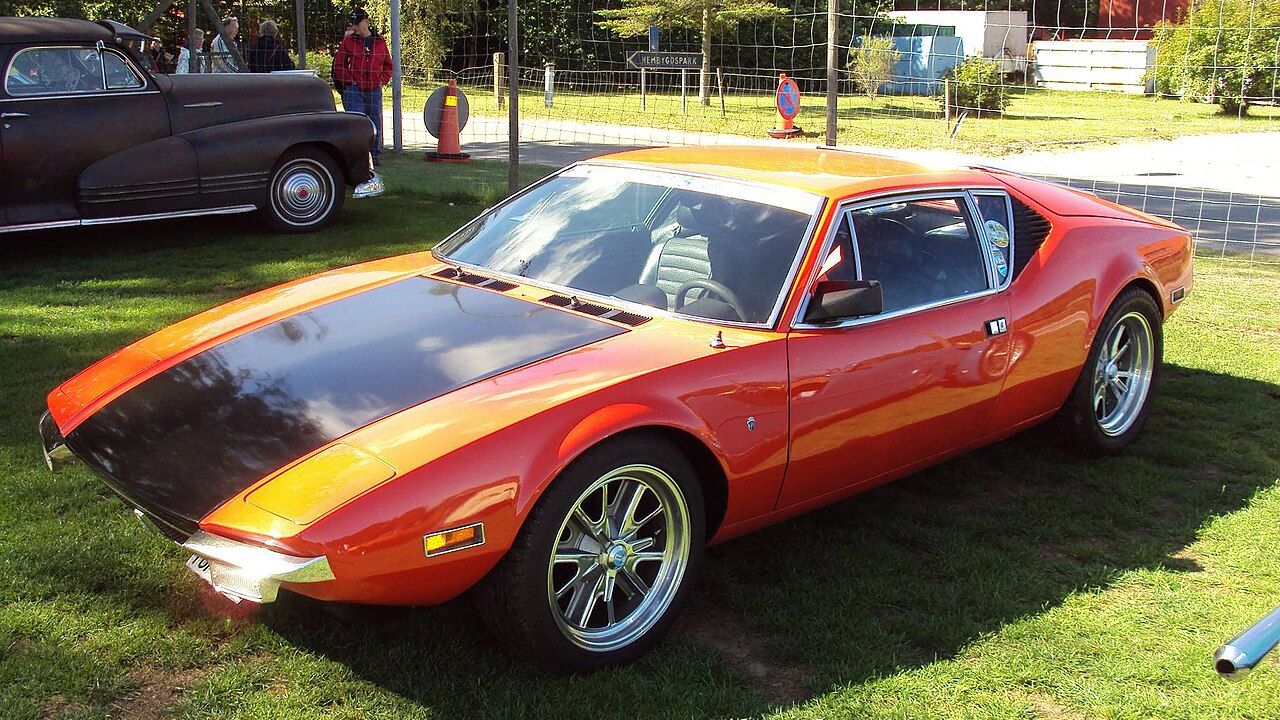
The Pantera was a testament to engineering innovation, bridging the gap between American muscle and European finesse. Its mid-engine layout was a departure from the traditional front-engine muscle cars, providing better weight distribution and handling.
Engineers also incorporated advanced suspension systems, allowing the Pantera to handle curves with grace. This blend of American and Italian engineering created a driving experience that was both thrilling and refined, setting the Pantera apart from its contemporaries.
Performance on the Edge: Speed and Handling
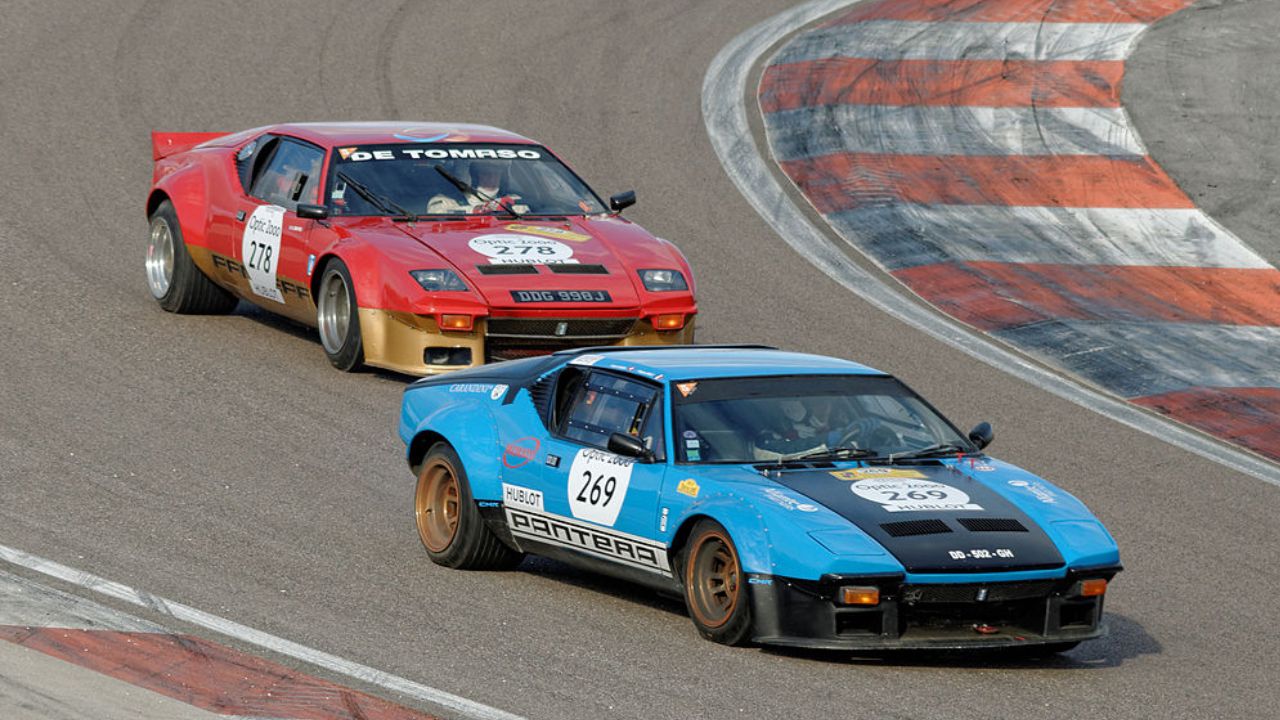
The Pantera was designed for speed. With its lightweight body and powerful engine, it could accelerate from 0 to 60 mph in just 5.5 seconds. The combination of speed and agility made it a favorite on the track and the road.
Its performance was revolutionary for the time, outpacing many of its competitors. The Pantera was not just about raw speed; its handling capabilities were equally impressive, making it a versatile machine that could navigate both highways and winding roads with ease.
The Cultural Impact: An Icon of the 70s
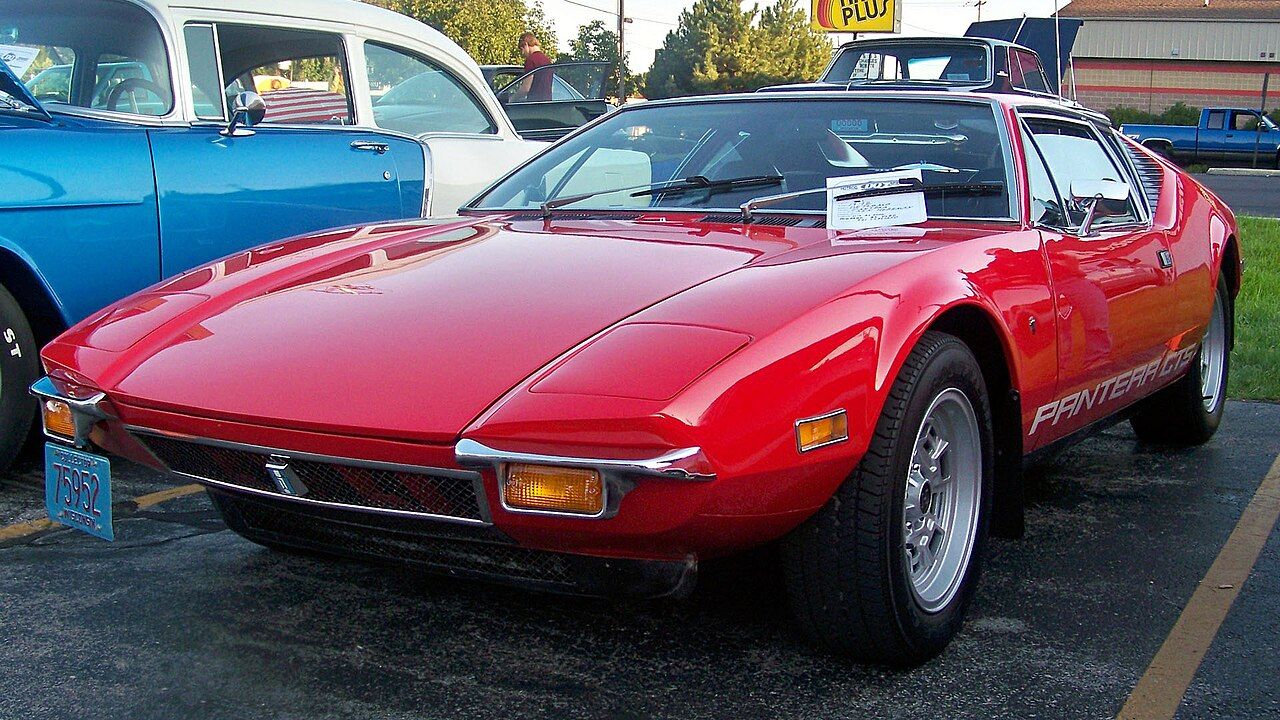
Beyond its technical prowess, the Pantera became a cultural icon of the 1970s. It embodied the spirit of rebellion and freedom that defined the era, making appearances in films and music videos that cemented its place in popular culture.
Owning a Pantera was a statement of individuality and style. It was a car for those who dared to be different, capturing the imagination of a generation who valued performance and aesthetics in equal measure.
Collector’s Dream: Rarity and Value
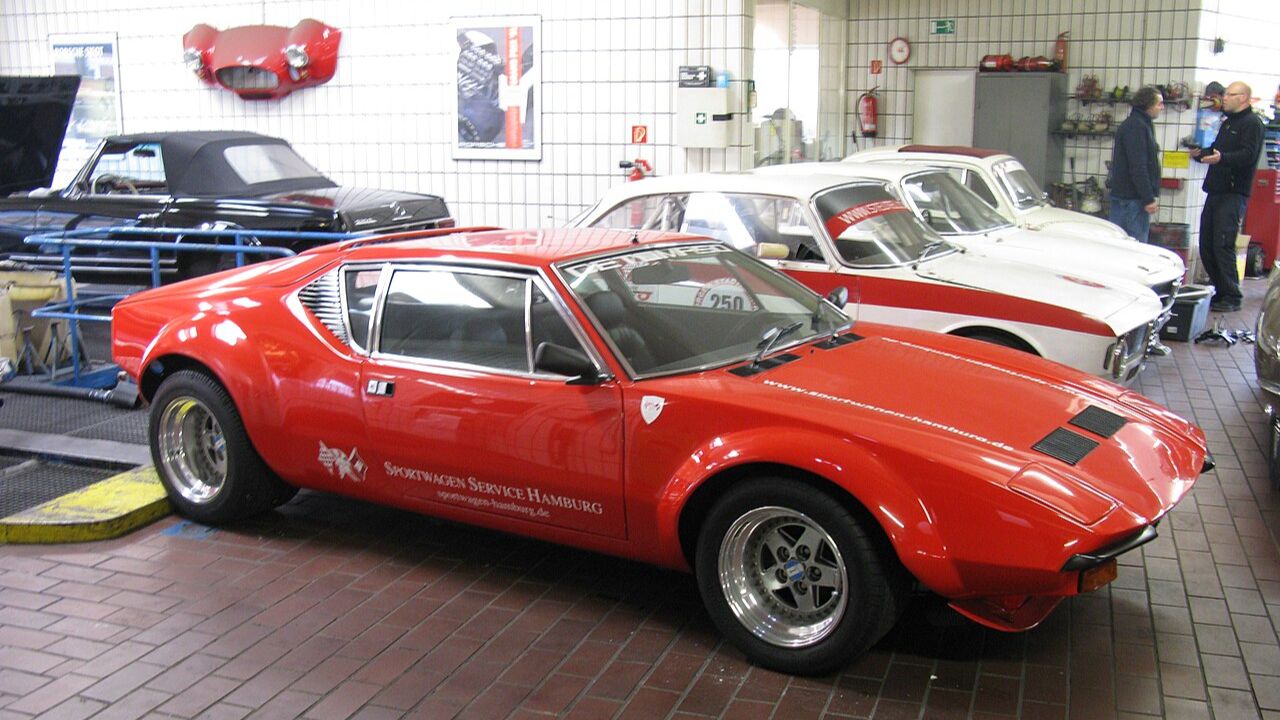
Today, the 1974 De Tomaso Pantera is a prized possession among collectors. Its rarity and unique heritage make it highly sought after, with well-preserved models fetching high prices at auctions.
The car’s value lies not just in its scarcity but also in its storied history and enduring appeal. Collectors are drawn to the Pantera’s combination of American muscle and Italian design, ensuring its status as a coveted classic.
Legacy and Influence: Pantera’s Lasting Imprint
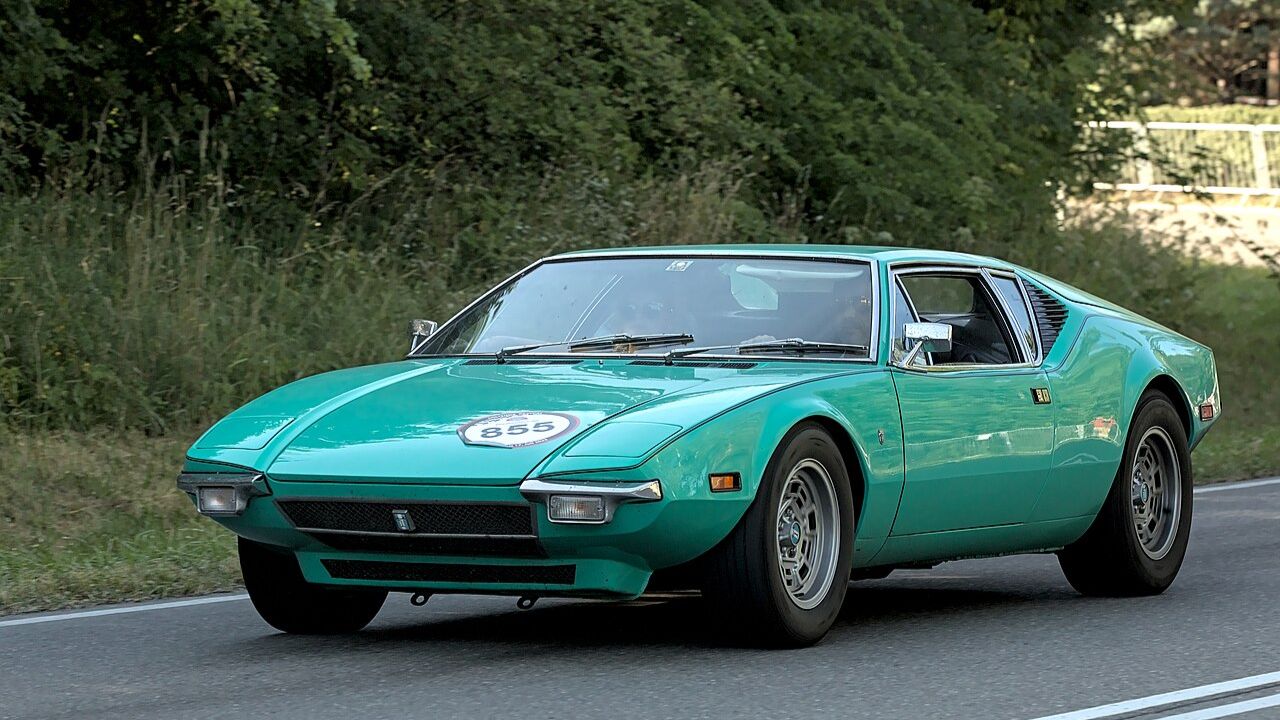
The legacy of the De Tomaso Pantera extends beyond its production years. Its influence can be seen in the design and engineering of modern supercars, which continue to draw inspiration from its innovative approach.
The Pantera’s story is one of a daring collaboration that dared to challenge conventions. Its lasting impact is a testament to its revolutionary design and the bold vision of its creators. It remains a symbol of what can be achieved when cultures and engineering philosophies collide.
Like Fast Lane Only’s content? Be sure to follow us.
Here’s more from us:
*Created with AI assistance and editor review.

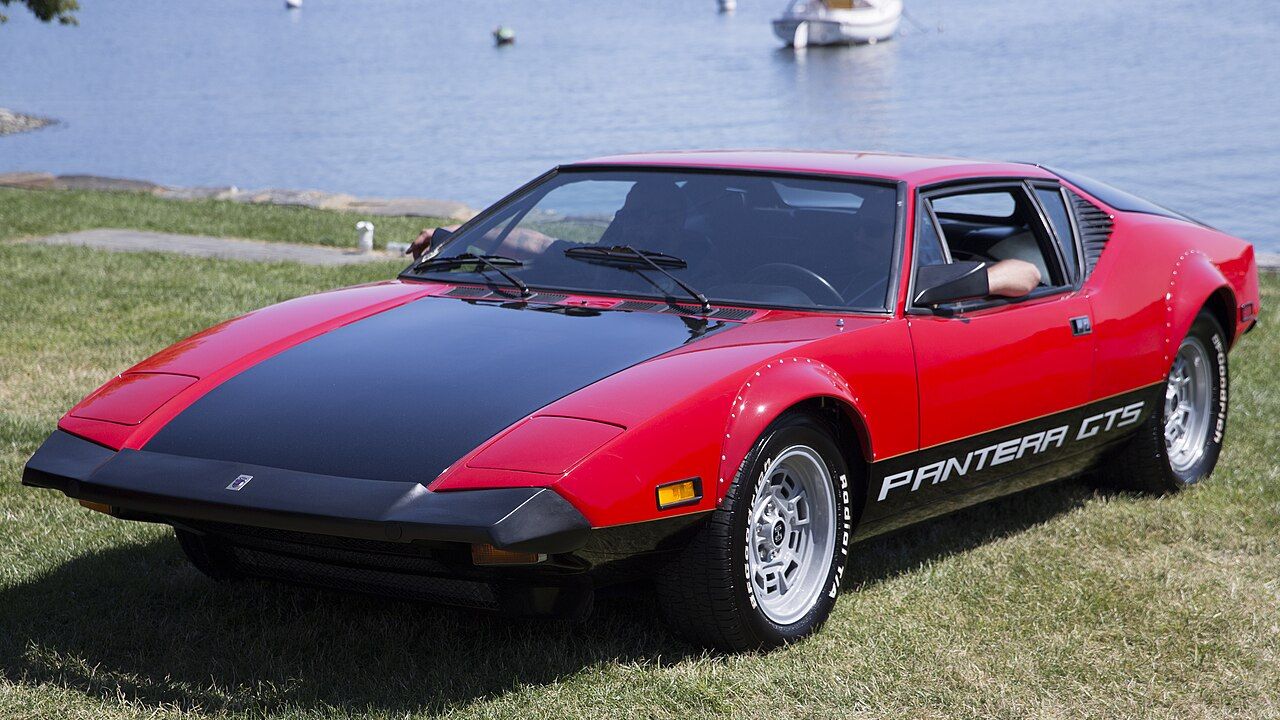
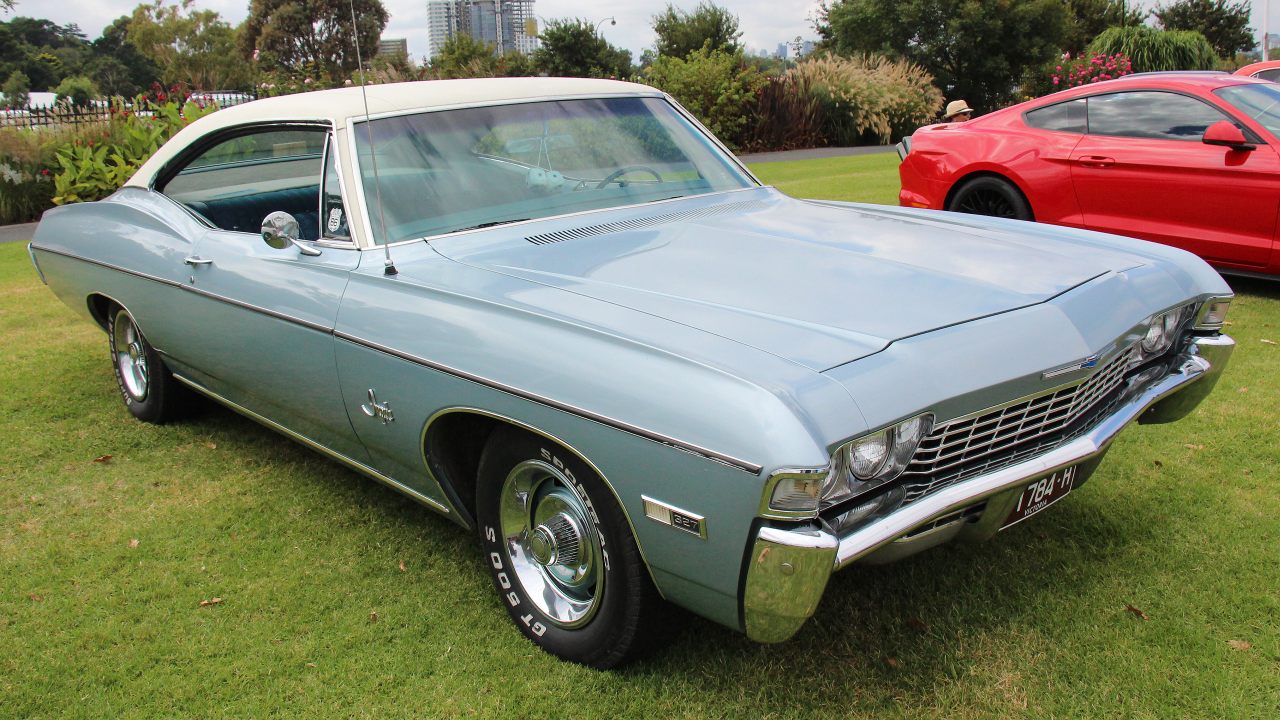
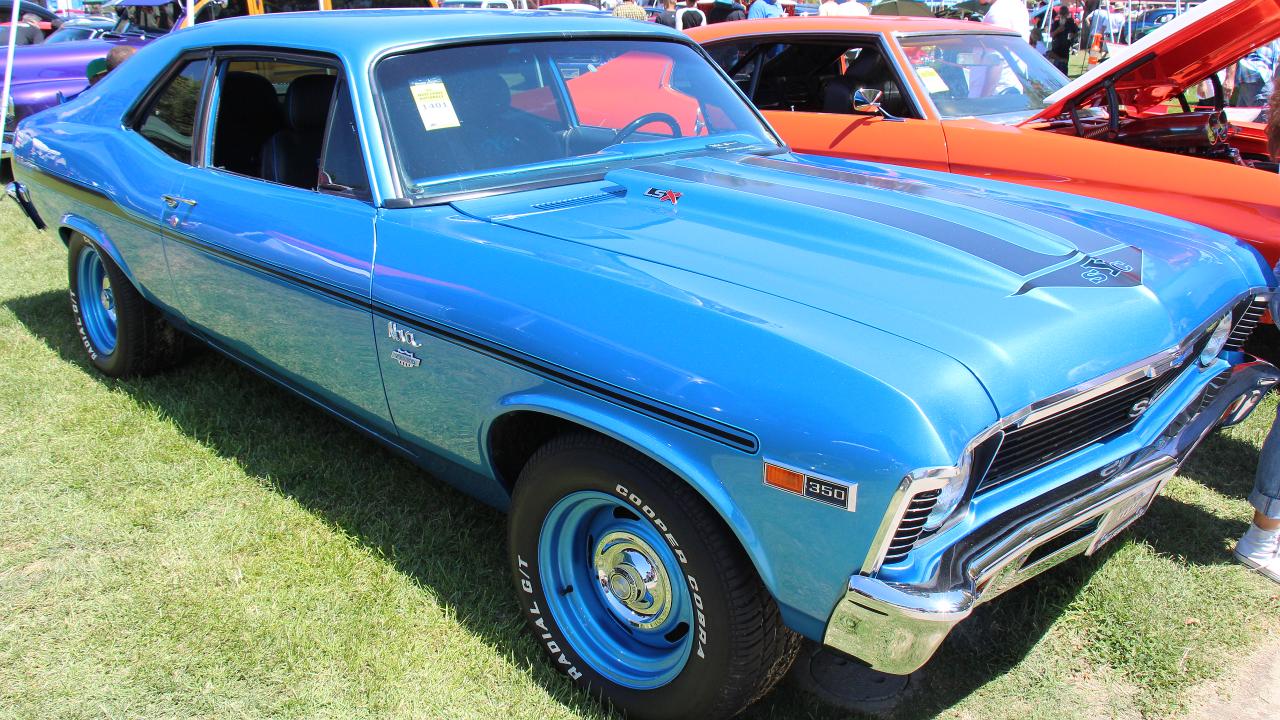
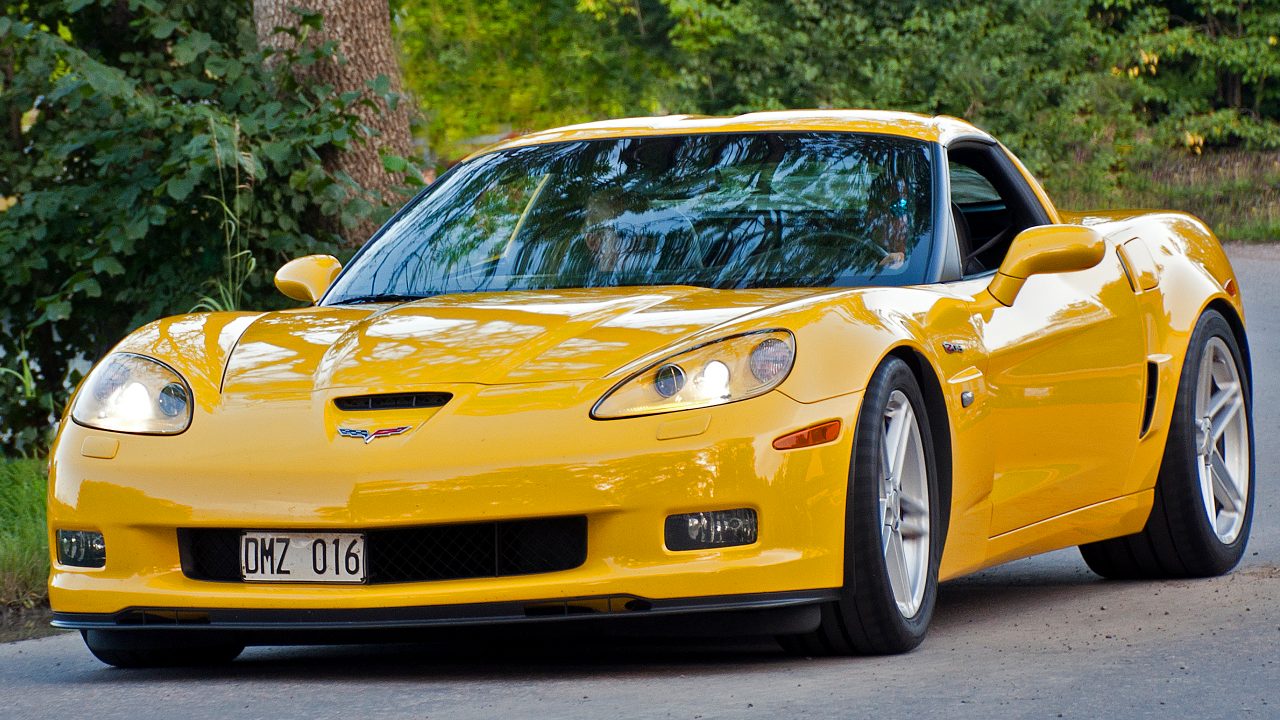

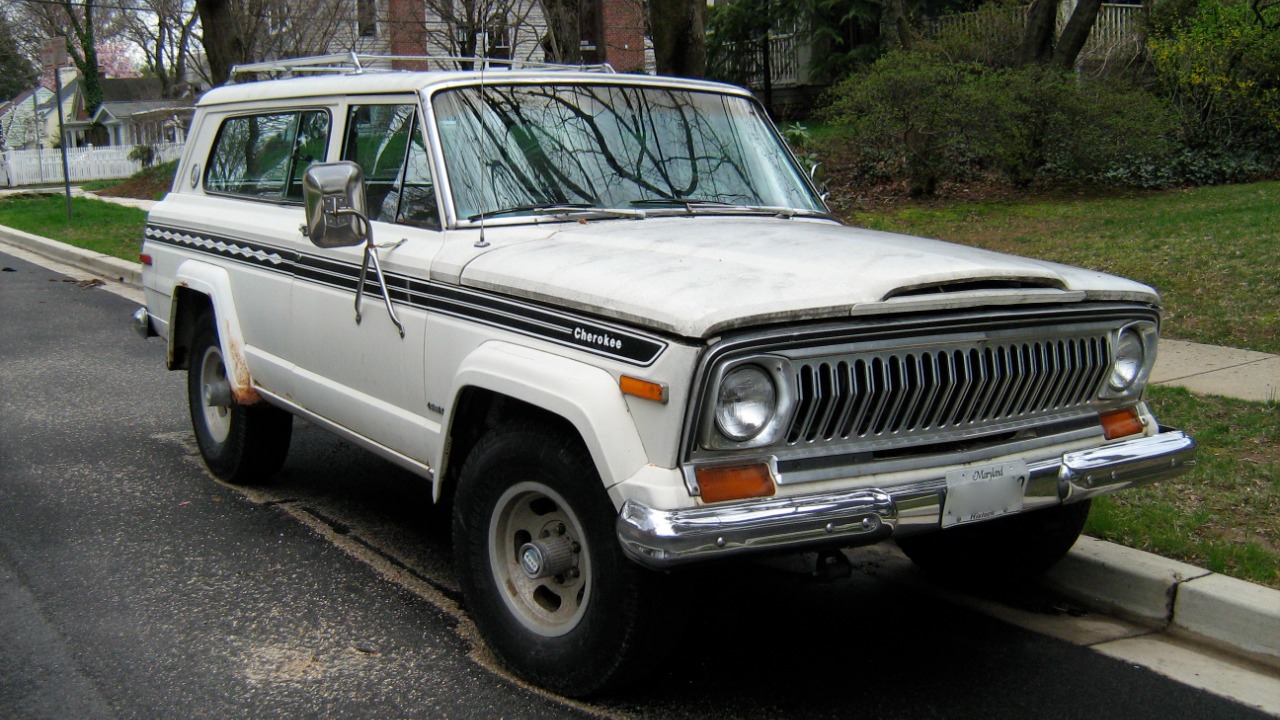
Leave a Reply